It’s about the journey, not the destination
BOOK: Here I Am – Alan Huffman
Tim Hetherington was so much more than a war photographer. I really liked the book and the for me, it was very interesting how he came to the name of the book “Here I Am” it’s simple. He was doing if for himself, went to a place he introduced him self and said he said something like:”I am Tim Hetherington, I am in Monrovia, Liberia, February 2003, Here I Am!” That’s how he would started.
Most war conflict photographers are rushing in to get the quick dramatic shot and then they move on. Tim Hetherington really immersed himself, wherever he went. I liked about him that he got to know those people in the war zones and tried to illustrate their lives. He was not the one who would take the most dramatic image like others.
What I learned looking closely at his writing and all his photographs was that focus on individuals. One picture of a boy really caught my attention. He started covering a group of athletes from Liberia, he was interested in this soccer team so he went back to Liberia to find out their story. He wanted to tell the story of these young soccer players who had been in
various ways injured by the civil war in Liberia. When he got there he become engrossed in their lives and then circumstances that had brought them to where they were, that’s when he made that decision to go back and cover The Civil War. He wanted to do was to find out about those people’s lives.
He was always looking for those people to find out exactly what was happening to them, what they were experiencing. He was always looking for something that was way in to a person’s lives that would enable the viewer or the reader to relate to these people and to show that these are not just some foreign people, fighting in an obscure war. He wanted to show the people that those people are just like us dealing with the situation that they have been dealt. That’s what he did everywhere he went.

I would like to present some picots from the website magnumphotos.com where you can find some pictures of the soldiers positioned in the Korengal Valley in Afghanistan. There were many pictures but only two got my attention. The picture of a sleeping Sergeant Elliot Alcantara. On this picture you can see a little bit of his tattoos; the soldiers usually gave each other in the camp. The picture that grabbed my attention was the one with the helicopter in the background delivering some supplies. The man on the picture is O’Byrne covered in dust; this picture is for me a very emotional moments that Tim captured.
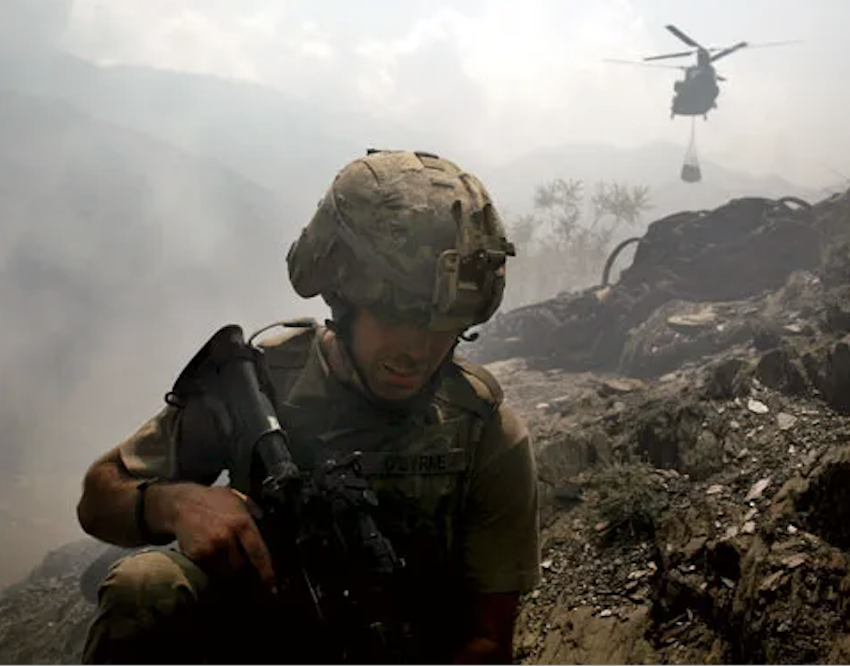
Tim Hetherington with his collogue spent over a year with American platoon in the Korangal Valley of Afghanistan, so what really interested them was not the politics of the war in Afghanistan or the military
Picture 2 strategy or any of that. What is it like for those soldiers that are just young guys from America that are stuck up on this hill-side, the question would be what is their life like? Tim got to know these soldiers so well, that these people felt completely vested in him. He really focused on these people so that you as a reader end up you’re watching a story about these guys that happens to be taking place in the Korangal Valley this was a perfect way how Tim approached everything.
Tim Hetherington was a very interesting man and I found a sentence where he said: “I think the important thing for me is to connect with real people,
you know to document them in these extreme circumstances, do you know where there aren’t any kind of neat solution so where are you can’t put any
kind a need guidelines and say this is what it’s about all this is what it’s about it’s not, I hope that my work kind of shows that.” In 2011, Tim Hetherington died after being hit by shrapnel from a mortar around in Misurata, Libya.
This book open my eyes and I would like to try to be different, because photography is not just to get as many pictures out there everybody’s posting pictures from iPhone on Facebook, photography is passion, I have to sit back and feel the situation and figure out what is the the most important and what am I trying to frame here, also as my teacher Mrs. Taylor said: “What story am I trying to tell also what can I learn from this person’s experience.” I have to look more on those peoples faces and their expressions. I know that I want to look at any picture the way I looked at it before because it’s changed my view of looking at some thing from a different perspective.
- Marner, T. (2018, April 25). Finally In Focus; Tim Hetherington, War & Male Sexuality. Tim MarnerTM Creative Agency Bolton. https://www.timmarner.co.uk/design-news/post/culture-life-style/finally-focus-tim-hetherington-war-journalist
- Huffman, A. (2013). Here I Am: The Story of Tim Hetherington, War Photographer. Grove Atlantic. https://www.perlego.com/book/961645/
- Tim Hetherington: Infidel • Magnum photos. (2016, October 27). Magnum Photos. https://www.magnumphotos.com/newsroom/conflict/tim-hetherington-infidel/
- Hughes, S. (2013, January 18). Tim Hetherington, his life and death. BBC News. https://www.bbc.com/news/magazine-21041645
Pictures are taken from:
- Junger, S. (2021, May 3). See How Soldiers Sleep in the Field. Science. https://www.nationalgeographic.com/science/article/how-soldiers-sleep-tim-hetherington-war-health


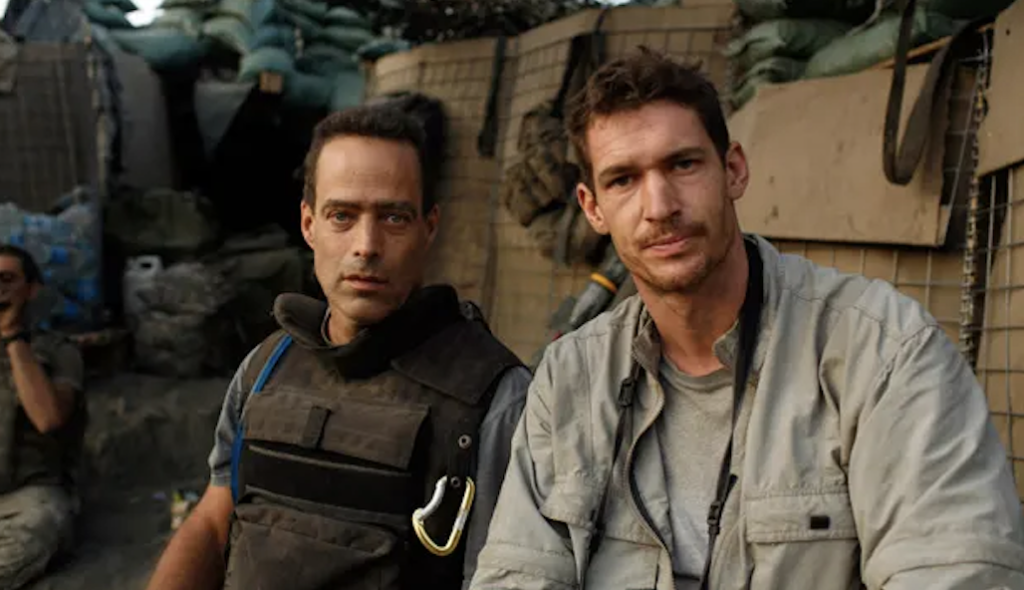
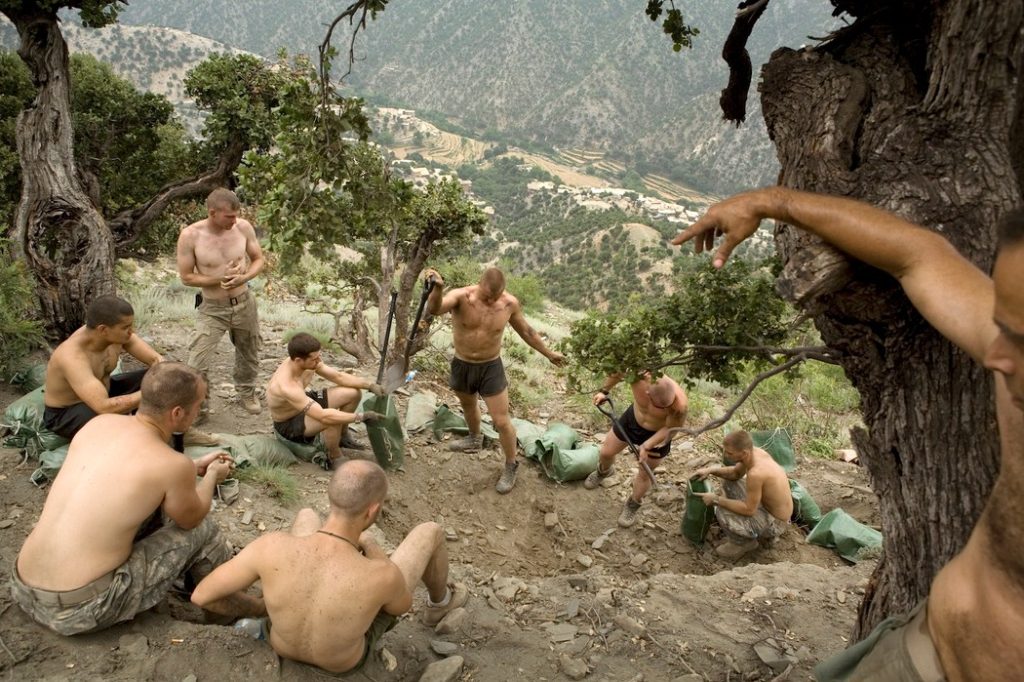
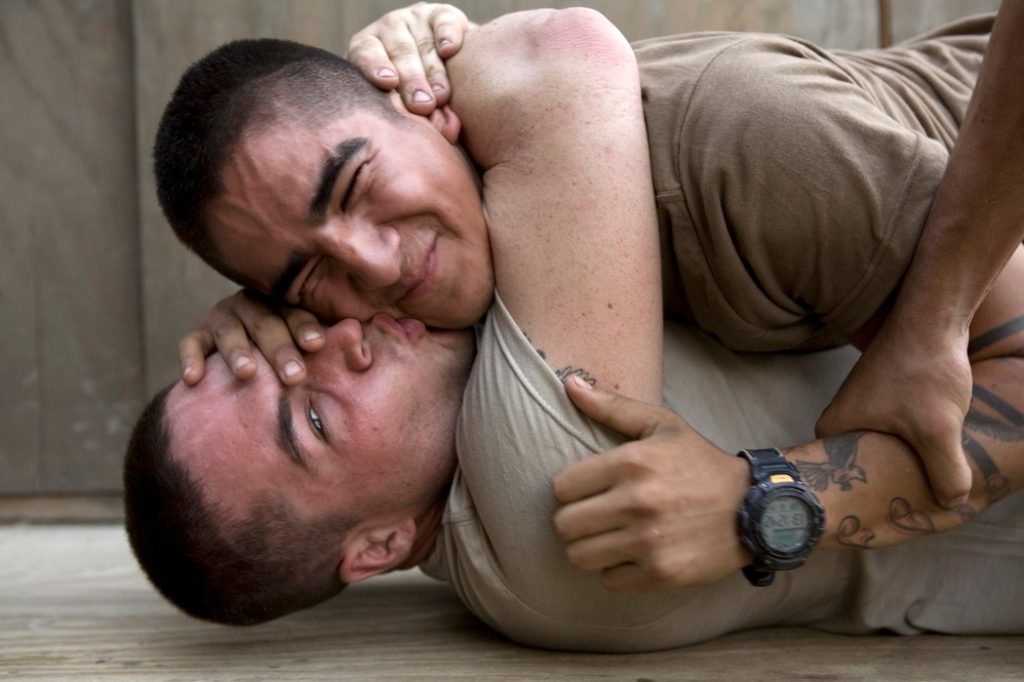
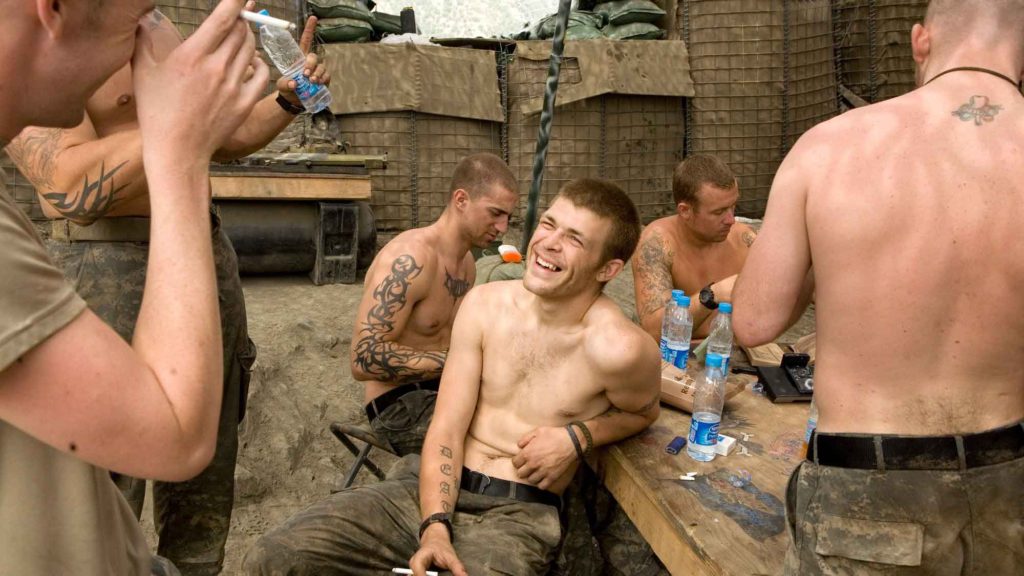

One Comment
Gaylord Panas
I think this site has got some real excellent information for everyone :D. “America is not merely a nation but a nation of nations.” by Lyndon B. Johnson.